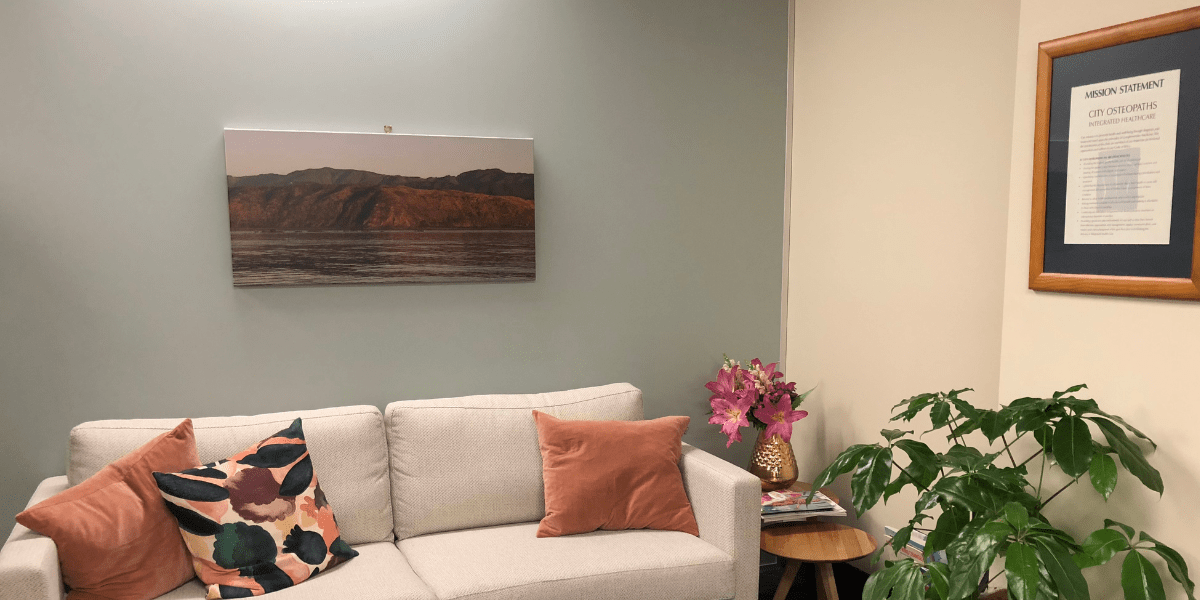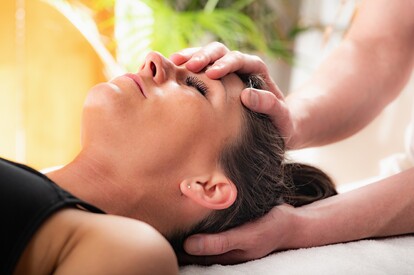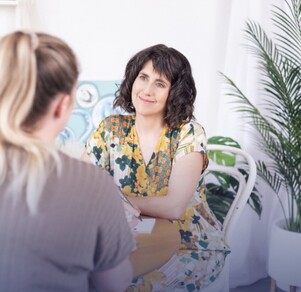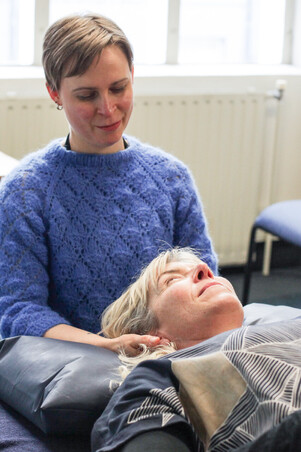So you’ve hit your head, seen your GP, and received a concussion diagnosis. Now what?
The most important next step is to see a concussion professional as soon as possible. Early assessment and rehabilitation have been shown to greatly improve the chances of a smooth, faster recovery. The sooner you start, the sooner you can return to doing the things you love.
What to Expect at Your Visits
Your recovery journey will depend on how long it’s been since your injury. If it’s been less than a week, your visits are usually simpler and require fewer treatments. If it’s been more than a couple of weeks and symptoms are ongoing, we’ll take a deeper look to understand what’s keeping them around.
For Acute Symptoms
We’ll begin with a thorough history of your current injury, past concussions, and general health. You’ll learn about what a concussion actually is (for a head start, read this article: Concussion - The Basics ).
Next, we’ll do some testing based on your symptoms, followed by a physical examination and treatment. You’ll also get clear advice on what to do at home to support your recovery.
If it’s been about a week since your accident, this visit will also include:
Neurological screening (if not already done by your GP)
Balance and orthostatic vital sign testing (to see how your blood pressure and pulse respond when standing)
Assessment of how your visual, vestibular, and proprioceptive systems work together
The first visit is often information-heavy — if it feels like too much, we can always spread it out over several sessions.
For Persistent Symptoms - First Visit
If symptoms have lasted longer than two weeks, your first visit will involve more in-depth discussion about what’s happening in your system (you can also read more here: Persistent Concussion Symptoms (PCS)). We’ll do a comprehensive physical and neurological examination, and, if time allows, start treatment. If you’d like to prioritise hands-on treatment, just let us know at the start of your session.
You’ll leave with tailored advice and exercises to support your recovery at home.
The Second Visit
We’ll review your progress, discuss how you’ve been managing with your home advice, and start focusing more on exercise. Once our gym opens (coming in the new year), we’ll also do an exercise tolerance test to safely guide your return to physical activity. Aerobic exercise plays a key role in balancing the autonomic nervous system and reducing many concussion symptoms.
The Third Visit and Beyond
We’ll focus more on your neck and how your vestibular, visual, and proprioceptive systems are integrating. This stage includes more testing, more treatment, and updated exercises or advice as you progress.
Typically, the first 3–6 visits happen weekly. As you improve, we’ll gradually space them out.
The Road to Recovery
Recovery from persistent concussion symptoms can take time - sometimes several months. It’s normal to experience ups and downs, and even feel like you’re going backwards at times. This is part of the process, and with consistent care, you will get better.
Mindset is a big part of healing. We’ll set short and long term goals together (for example, at 1, 3, and 12 months) to help track your progress and keep you focused on where you’re heading. We’ll review these regularly, adjust if needed, and celebrate every step forward.
If you’ve recently had a concussion or are still experiencing symptoms, don’t wait — early assessment can make a real difference in your recovery.
You don’t have to go through it alone. With the right guidance and treatment, your body can heal.
Book an appointment today to start your recovery journey and get personalised support every step of the way.
To find out more about author Venla, click here.
